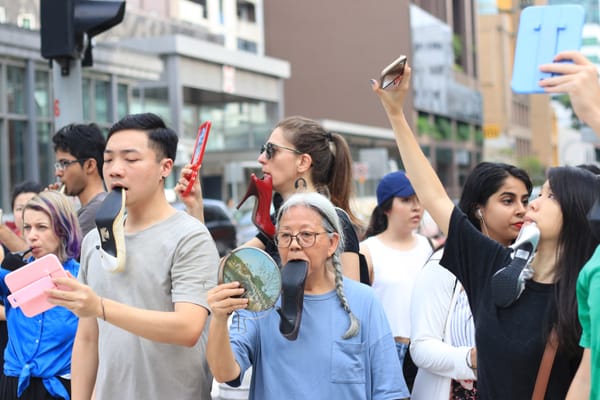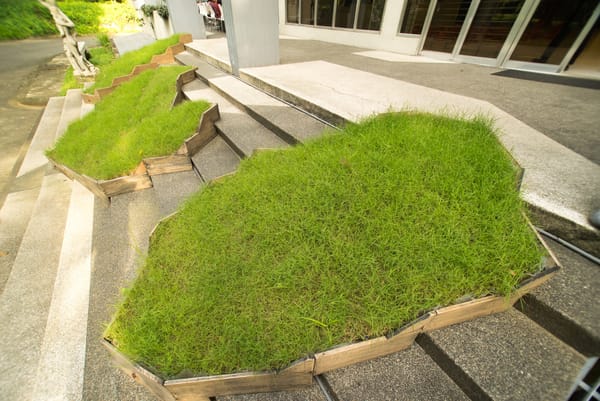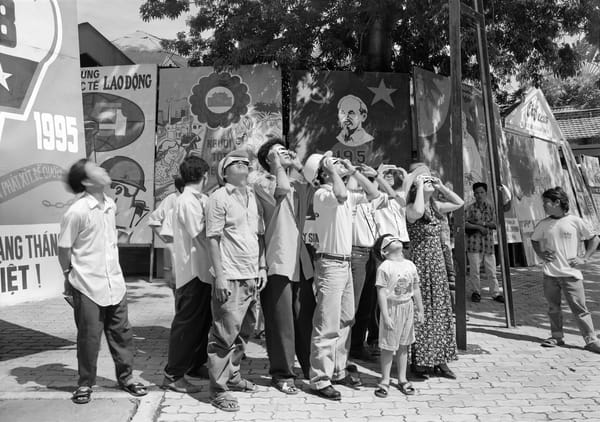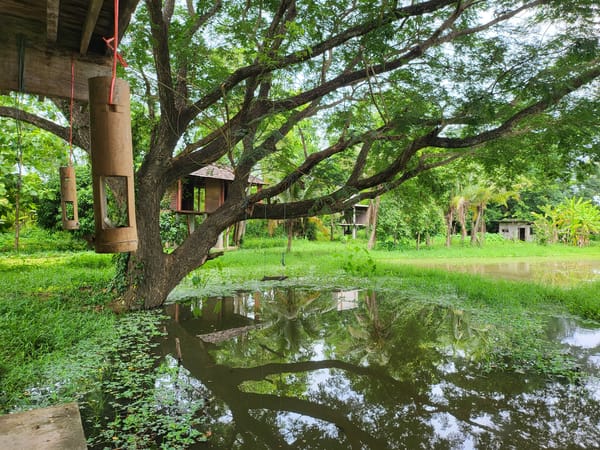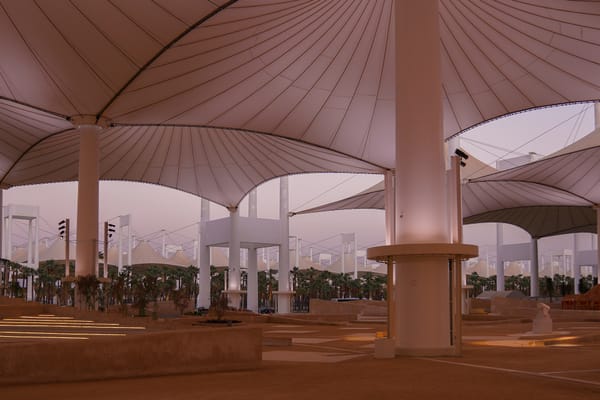Issue
Thicker Than Water
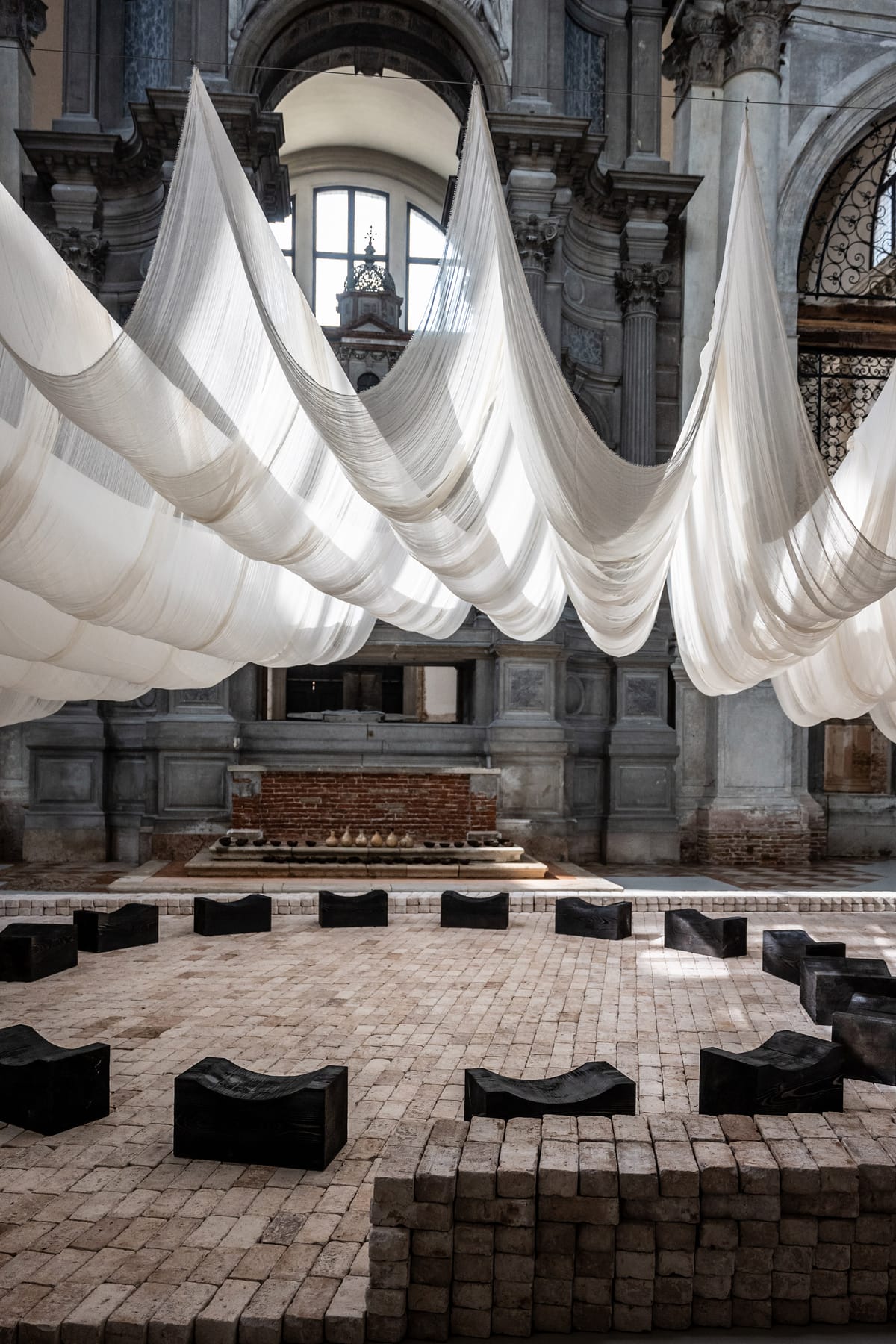
“For what is Earth but an island in our solar system?” These words from Teresia Kieuea Teaiwa’s 2007 poem To Island envision even the humblest of land masses as worlds of majesty and wonder. I first heard them during a public program for “Re-Stor(y)ing Oceania,” an exhibition curated by Bougainville-born artist Taloi Havini that coursed with the ancestral power of the ocean. Two sensorial artworks by Latai Taumoepeau and Elisapeta Hinemoa Heta anchored the presentation, summoning action through feeling and foregrounding Indigenous knowledge systems from Oceania as integral to cultural and ecological preservation.
“Re-Stor(y)ing Oceania” pulsed with stories, songs, and ceremonies from a region spanning over one quarter of the planet—from Hawaiʻi to Aotearoa New Zealand, and from Australia’s west coast to Rapa Nui/Easter Island. Between these lands swirls the largest and deepest of the world’s oceans. The project honored local wisdom and ways of being, while condemning the environmental devastation that disproportionately threatens the ecosystems of Oceania. Although climate perils often dominate global news coverage of these islands, with art world discussions of the “Asia Pacific” often skewing toward Asia, the exhibition recalibrated these limiting narratives. As articulated by Tongan Fijian writer and anthropologist Epeli Hau’ofa in his seminal essay Our Sea of Islands, Pacific states and territories are not “too small, too poor, and too isolated to develop any meaningful degree of autonomy.” On the contrary, when viewed collectively, “[t]he world of Oceania . . . is huge and growing bigger every day.”1
Traversing hemispheres and continents, the presentation premiered as a collateral offering during the 2024 Venice Biennale at the historic Chiesa di San Lorenzo, home to Ocean Space, an art center run by Madrid-based TBA21–Academy. From this Italian lagoon city—which is increasingly vulnerable to rising sea levels—the show journeyed to Artspace on Gadigal Country, Sydney, in late January. Here, it overlooked the harbor, where currents flow into the Pacific (or Great) Ocean which embraces the homelands of Havini, Taumoepeau, and Heta. During a video call with the trio, Havini told me that “it became very resonant to come back to the south, to Oceania, to the body of water that is close to our worlds and ancestries.” Due to this proximity—which made the links to the people and saltwaters of Oceania palpable—the project possessed an elevated sense of power and relevance at Artspace, and was less tasked with educating, focusing more on engaging and uplifting Pasifika communities near and far. Yet overall, Havini’s intention was to inspirit people, to make them “feel deeply connected to water, or to the ocean as a body of water,” wherever they might be. These ideas of embodiment and kinship vibrated through the exhibition to present Oceania as a network of rich, resilient, and resourceful cultures and communities.
This was manifest in Heta’s The Body of Wainuiātea (2024), a space of sanctuary and congregation that welcomed visitors to Artspace. Within its low, rectangular configuration of rust-hued bricks were carved wooden seats—all placed according to the cardinal directions and intentionally angled at odds with the architectural edges of the colonial building. Hanging above were a dozen undulating folds of gauzy white fabric, representing the heavens and associated deities, while a lullaby and karanga (Māori women’s spiritual call) played periodically, infusing the space with sounds tethered to Heta’s Māori (Ngātiwai, Ngāpuhi, Waikato Tainui), Sāmoan, and Tokelauan heritage. Heta, who also works as an architect, designed the installation with multiple collaborators to commemorate ātea—referring both to Polynesian cosmogonies and the open area outside a Māori wharenui (meeting house)—and ancient stone structures. This formation connected with an altar of stacked bricks in the gallery’s farthest corner, which presented gourds and coconut shells containing “offerings” of ambrosial coconut oil. These materials were sourced locally, except for a single white block at the top of the altar, taken from the Ocean Space rendition “to transfer the life force of the exhibition between sites,” said Heta. “Every ātea that’s put up, every rock that’s laid—they all have scientific, mathematical, social, spiritual, physical structures that relate to our lives and the web of our lives,” she explained, describing Māori understandings of the energy within and between all things.
Attuned to the ebbs and flows of land, sea, and sky, these spatial markers enacted genealogical knowledge of the threads that bind humans, their ancestors, and nature. More specifically, the installation centers on a lesser-known Māori creation story about Wainuiātea, goddess of the ocean. After bearing only female atua (deities), she sacrificed her love for her husband Ranginui, the sky father, by helping him find his second wife Papatūānuku, the earth mother, who restored balance by birthing a male. Exalting the strong wāhine (women) in this tale and its message of guardianship, obligation, and tikanga (ceremony and protocols), Heta’s ātea invited visitors to rest quietly or convene for programs dedicated to Oceanic lore, struggles, and artistry. For Heta, these unfolding conversations, reading groups, performances, and rituals are vital acts of cultural care that are “less about trying to explain the spiritual aspects [of the work], and more about making sure that they are being held properly, to share and speak life into them.” She further noted that “those spaces can’t exist cold. That’s a phenomenon of the gallery and the white museological system, whereby we put things away from us and don’t necessarily warm them. For us, it is very much the opposite.” Heta’s work resists any singular portrayal of Oceania and instead privileges new (un)learnings and entanglements as an adaptive strategy for self-determined storytelling.

